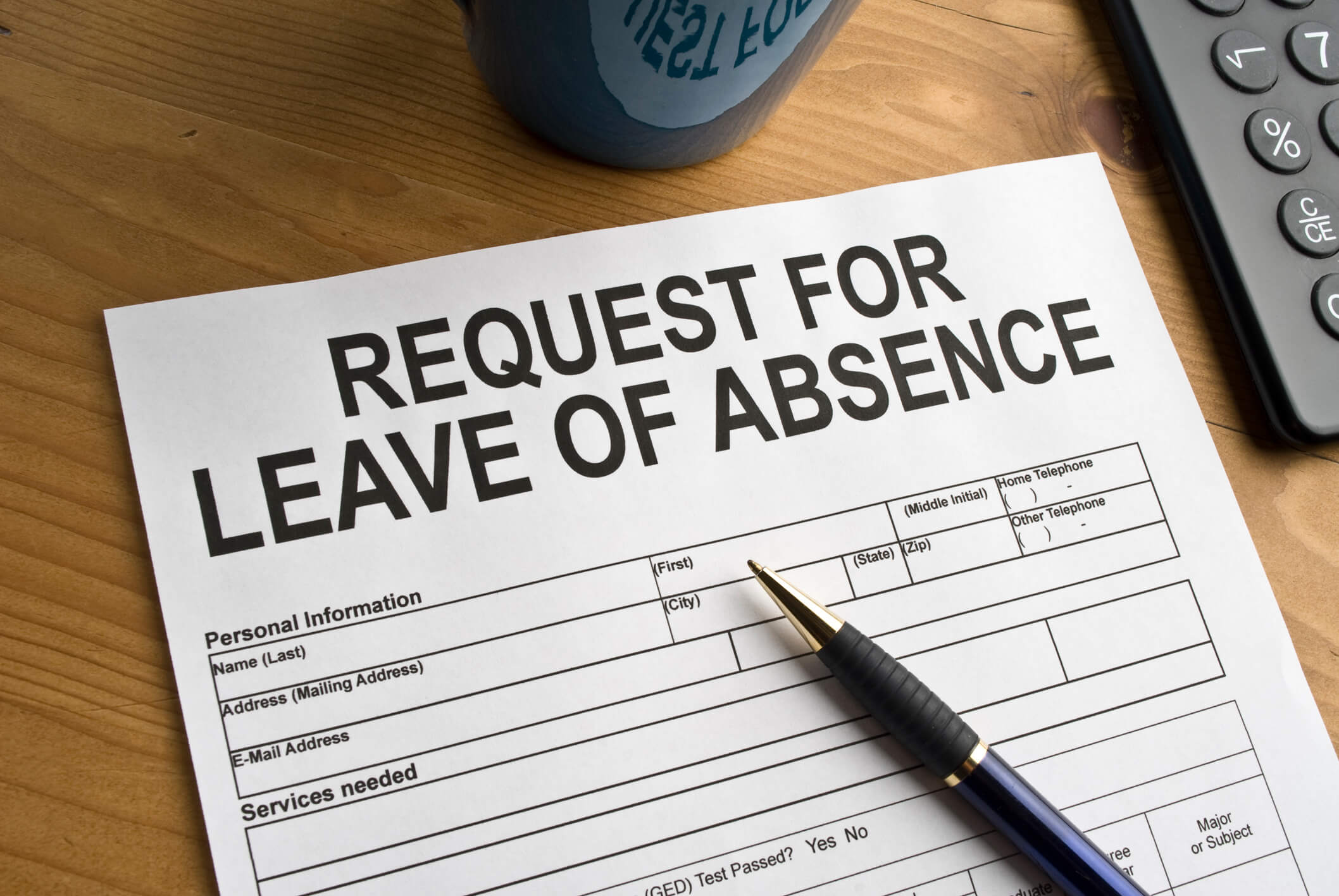To state a claim of interference under the Family and Medical Leave Act (FMLA), an employee must show that his or her employer denied benefits to which the employee was entitled under the FMLA. For example, an employee might raise an interference claim if the employer discouraged the employee’s use of FMLA leave. To raise an interference claim, an employee must show that he or she has put the employer on notice that an absence may be covered by the FMLA. This ordinarily means that at least verbal notice must be provided to the employer within one or two business days of the point at which the need for leave becomes known to the employee. Recently, the Eighth Circuit Court of Appeals reversed summary judgment that had been granted in an employer’s favor, holding that an employee’s signs of severe distress and anxiety were sufficient to inform her employer of the possible need for medical leave. Clinkscale v. St. Therese of Hope, No. 12-1223, (November 13, 2012).
Ruby Clinkscale worked as a nurse at St. Therese of Hope long-term care facility (St. Therese) in New Hope, Minnesota in the facility’s rehabilitation (rehab) unit. Although staff members were expected to “float” among the different units of St. Therese, Clinkscale had received training only for the rehab unit and worked there from 2005 through October 11, 2010, when she was reassigned to the long-term care unit. When Clinkscale expressed concern to her supervisors about working in long-term care without unit-specific training, she was told that she had “no choice” and that she if didn’t do that work, it would be considered “patient abandonment” for which she could lose her license.
Clinkscale immediately went to St. Therese’s human resource office to express her concern to the HR Director, Rand Brugger. During the meeting, Clinkscale was crying and shaking so severely that she requested an ambulance for herself. In light of that distress, Brugger told Clinkscale to go home and that they would speak again on the following day.
Early the following morning, October 12, 2010, Clinkscale met with her doctor, who diagnosed a “situationally triggered” anxiety attack and prescribed therapy and medications. The doctor also provided a note recommending that Clinkscale take the remainder of the week off work. At 9:30 on that same morning, Clinkscale delivered the physician’s note to St. Therese’s HR department, and in response, she was provided FMLA forms, which were to be completed by her doctor. However, later on that same day, Clinkscale was called at home and told that her employment had been terminated effective on October 11 for walking off the job. Ten days later, St. Therese registered a complaint regarding Clinkscale with the Minnesota Board of Nursing, alleging that Clinkscale had refused a work assignment and had “walked out” of her job.
Clinkscale filed a lawsuit alleging, among other things, an FMLA interference claim. The lower court granted summary judgment in favor of St. Therese, holding that Clinkscale was not entitled to FMLA leave because she already had been fired at the time of her request on October 12, and because she had been fired for reasons “wholly unrelated to the FMLA.”
On appeal, the Eighth Circuit Court of Appeals reversed the summary judgment, holding that Clinkscale’s manifestations of extreme distress and anxiety after her reassignment on October 11 could reasonably be viewed as notification to the employer of a serious health condition. Further, Clinkscale left the premises on October 11 only after being instructed to do so by the HR Director. Further, when she returned on the following day with her doctor’s note, Clinkscale was provided with FMLA paperwork, a clear indication that St. Therese viewed her situation as a possible FMLA-related occurrence just prior to informing her of the termination.
An employer cannot avoid legal liability by firing someone who takes leave for a condition that ultimately may be diagnosed as a serious health condition requiring FMLA leave. When St. Therese told Clinkscale to go home to attend to her condition, provided FMLA paperwork to her, and then decided instead to fire her before she could submit completed paperwork, it created an issue of fact under which a jury could reasonably conclude that notice had been provided to St. Therese by Clinkscale as required under the FMLA and that St. Therese interfered with Clinkscale’s possible leave.
It is important to note that the Eighth Circuit did not find that St. Therese was in violation of the FMLA. It simply found that based upon the facts as asserted by Clinkscale, a jury would have to determine whether notice of a serious health condition was provided by Clinkscale to St. Therese “as soon as practicable” as required by the FMLA, and whether St. Therese interfered with Clinkscale’s possible FMLA leave when it terminated her employment for leaving work on October 11, 2010.





